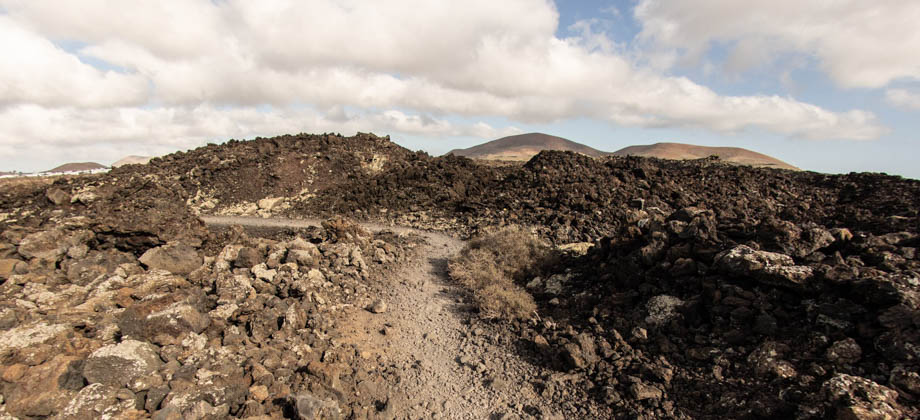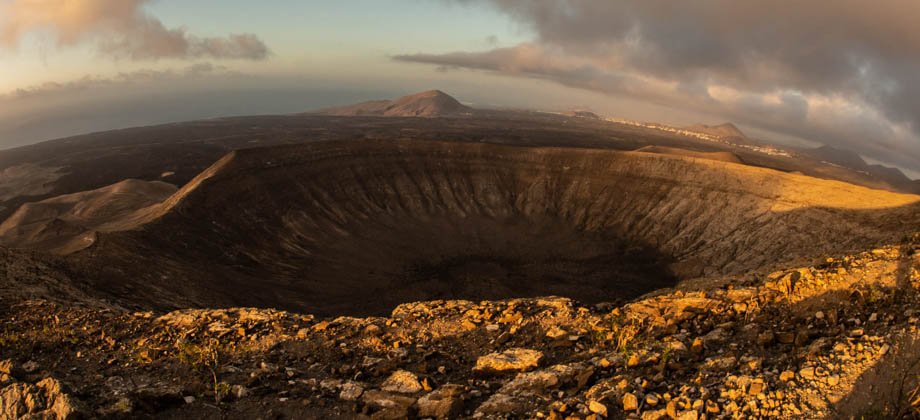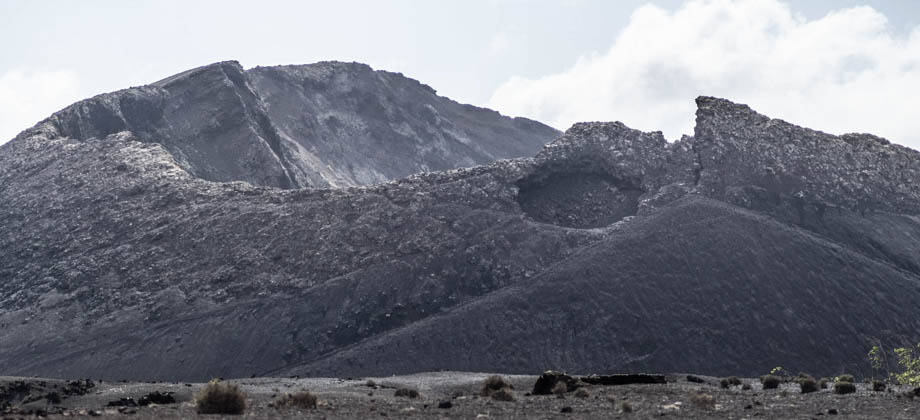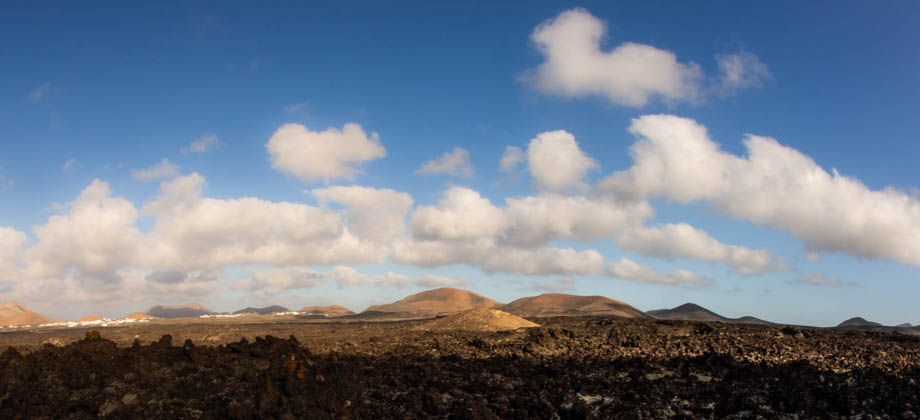September 1, 2019
Posted by
Ramon Fadli in
Arid Desert,
Astronomy,
Canary Islands,
Class 4,
Day Hike,
Hiking,
Islands,
IUCN Protected Category 2,
Looped Hike,
National Parks,
Sclerophyll & Mediterranean Forests,
Spain,
Sunrise & Sunset,
UNESCO,
Volcanoes Caldera Blanca
Temperature Inversions
It was dark by the time we rejoined the main trail. Above our heads, clouds rolled across the sky, carried quickly by the fierce trade winds. Looking south, the Milky Way could still be seen with the naked eye despite the cloud-cover, and both Jupiter and Saturn were blazing brightly trying their best to pierce through the veil of clouds. The cloud-cover left me a little disappointed as the temperature inversion of Lanzarote's atmosphere was something that I had wanted to take full advantage of.
 Looking south towards the centre of the Milky Way - Hover your cursor over the image to see the constellations and labels
Looking south towards the centre of the Milky Way - Hover your cursor over the image to see the constellations and labels
Normally, the air temperature decreases (at a rate of approximately 6.4°C for every kilometre) the higher one ascends. This decrease in temperature makes the air mass unstable due to convection, as there is air constantly flowing from warmer to cooler regions. Temperature inversions, on the other hand, occur when there is a warm layer above a cooler (and denser) lower area. In the case of the Canary Islands, the predominance of the trade winds that moisten and cool the air due to the cold Canary Current, separates the atmosphere into two layers, with the upper layer being warmer and drier. Convection then slows down, sometimes even stopping, which in turn stabilises the air. This not only results in excellent telescopic images, but the combination of the trade winds and the resulting temperature inversion also tends to prevent cloud formation. All these make the skies of the Canary Islands some of the clearest in all of Europe.
The skies are (usually) so clear that they are even protected by law. There are a total of three
dark sky protected areas in the Canary Islands, all of which have been officially designated as 'Starlight Reserves'. The purpose of this is to "preserve the quality of the night sky and its associated values, being them cultural, scientific, astronomical, natural, or landscape-related". The reserve in La Palma even hosts the world's largest single-aperture optical telescope--a 10.4 metre reflecting telescope known as the 'Gran Telescopio Canarias'!
Suunto Movescount Stats

 Download GPX file here (right click and save link as)
Download GPX file here (right click and save link as)

























